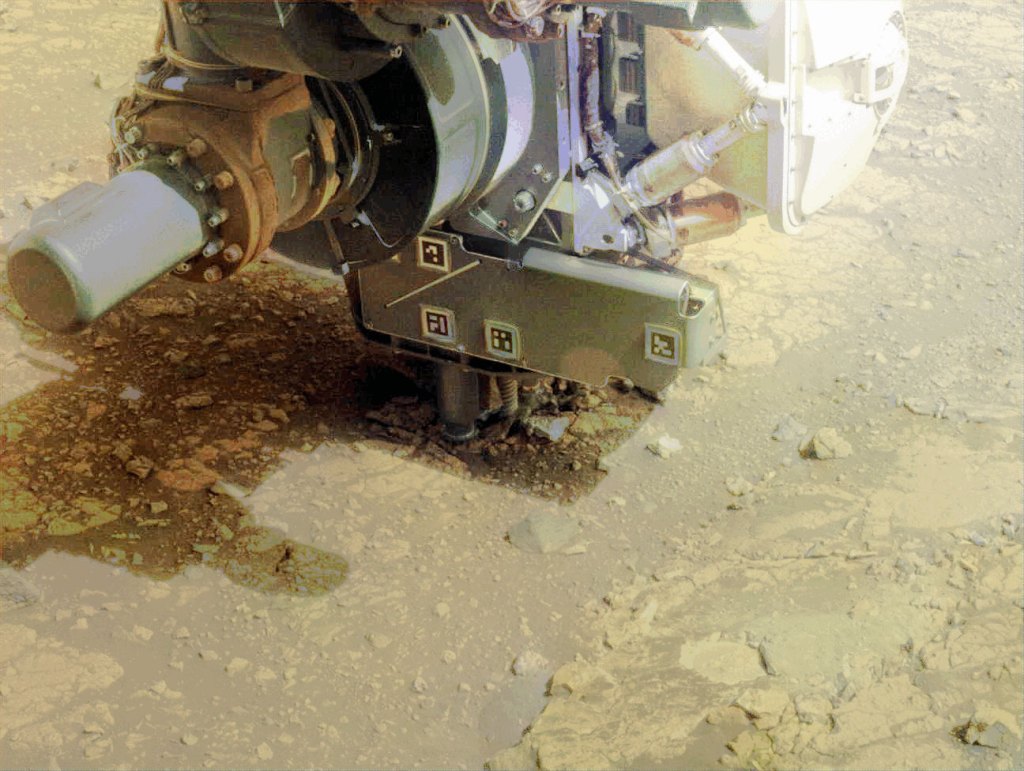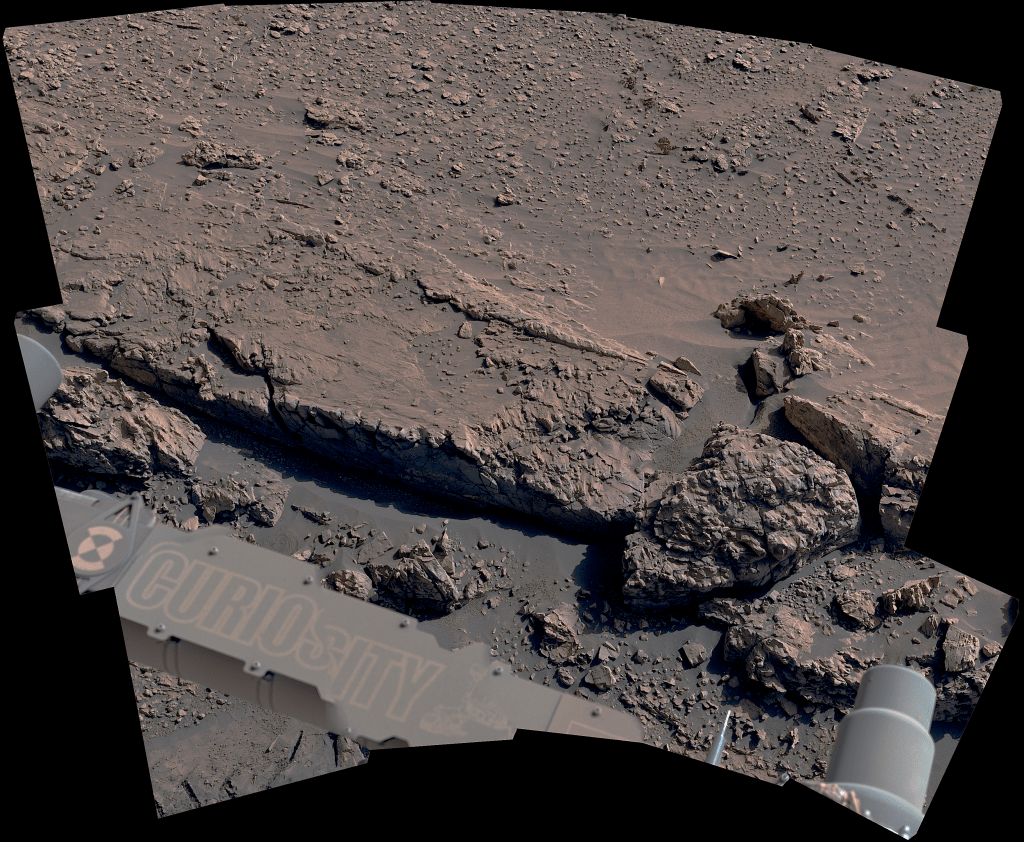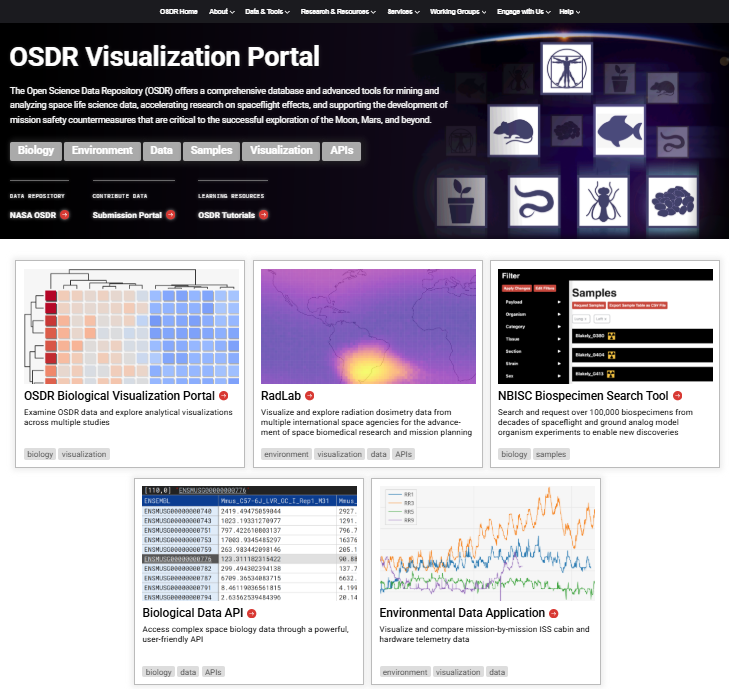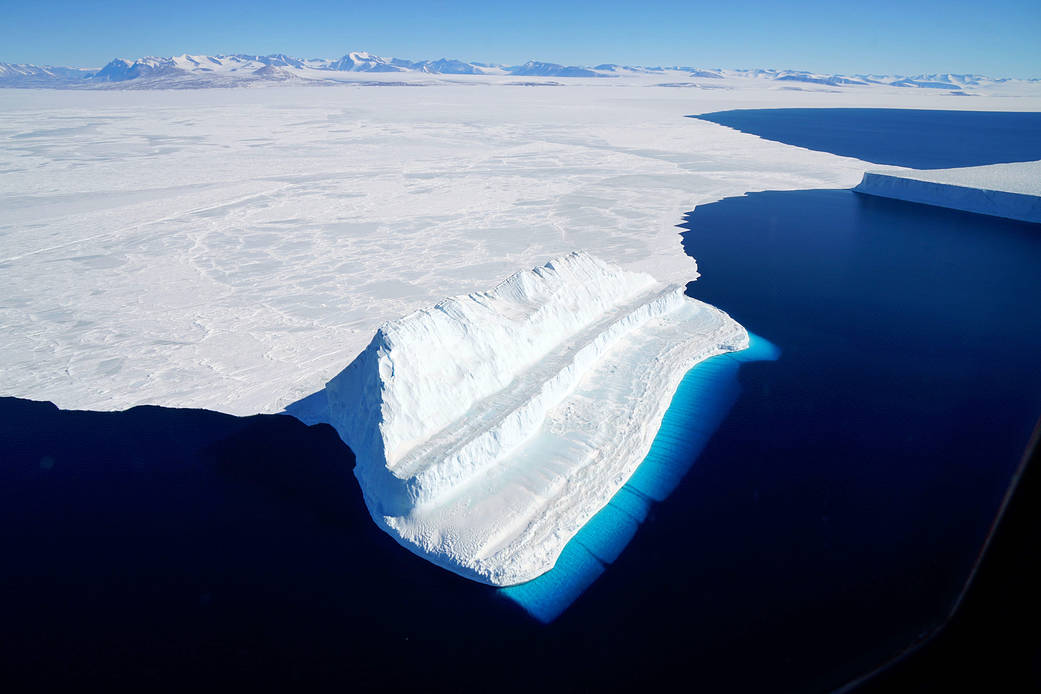What is Antarctica?
- Antarctica is the fifth-largest continent on Earth. It is almost completely covered in ice. Antarctica covers the Earth’s South Pole.
What Is Antarctica Like?
- Antarctica is the coldest place on Earth. The average temperature in the winter is minus 34.4 Celsius (minus 30 degrees Fahrenheit). The temperature in the center of Antarctica is much lower than the temperature on the coasts. The lowest temperature ever recorded in Antarctica was minus 89.4 C (minus 129 F). The highest temperature ever recorded in Antarctica was 15 C (59 F).
- Antarctica has just two seasons: summer and winter. Antarctica has six months of daylight in its summer and six months of darkness in its winter.
- The seasons are caused by the tilt of Earth’s axis in relation to the sun. The direction of the tilt never changes. But as the Earth orbits the sun, different parts of the planet are exposed to direct sunlight. During summer, Antarctica is on the side of Earth tilted toward the sun and is in constant sunlight. In the winter, Antarctica is on the side of Earth tilted away from the sun, causing the continent to be dark.
- Antarctica is considered a desert because it receives very little rain or snowfall. The small amount of snow that does fall does not melt but builds up over hundreds and thousands of years to form large, thick ice sheets. Antarctica’s terrain is made up of glaciers, ice shelves and icebergs. Antarctica has no trees or bushes. The only plants that can survive the extreme cold are lichens, mosses and algae.
Who Lives in Antarctica?
- Antarctica is too cold for people to live there for a long time. Scientists take turns going there to study the ice. Tourists visit Antarctica in the summers. The oceans surrounding Antarctica are home to many types of whales. Antarctica is also home to seals and penguins.
What Can NASA Learn About Earth from Studying Antarctica?
- NASA uses satellites to study the ice on Antarctica and how the continent is changing. Scientists want to know how changes in Earth’s climate are affecting Antarctica’s ice sheets. They also want to know how changes in Antarctic ice might affect Earth’s climate.
- One tool that NASA uses is the Ice, Cloud, and land Elevation Satellite, or ICESat. Using ICESat, NASA can measure changes in size of Antarctica’s ice sheets. ICESat also helps NASA understand how changes in Earth’s atmosphere and climate affect polar ice and global sea levels. Melting ice sheets may impact sea levels all over the world.
- NASA instruments have also helped scientists create detailed maps of the surface of Antarctica. The maps help researchers when planning trips to Antarctica. They also give the public a clearer view of the continent.
What Can NASA Learn About Space from Studying Antarctica?
- Antarctica is also a good place to find meteorites, or rocks that fall from space to Earth. The number of meteorites found in Antarctica is equal to the number of meteorites found in the rest of the world combined. This is because meteorites are easier to see on the white ice, and because meteorites that fall to Antarctica become preserved in the ice.
- NASA scientists have used the Antarctic environment to study Mars. The desert conditions in Antarctica are like the conditions on Mars. NASA tested robots in Antarctica that later landed on Mars.
- NASA scientists also went to Antarctica to study astronaut nutrition. Like people in Antarctica in the winter, astronauts in space are not in the sunlight. The sun helps the human body make vitamins. Scientists study people that visit Antarctica to learn how to help astronauts in space get enough vitamins.































